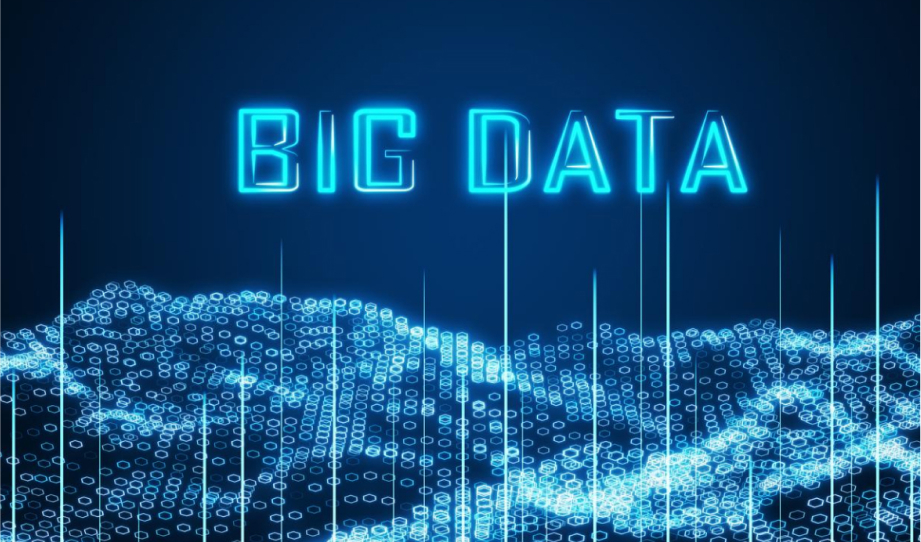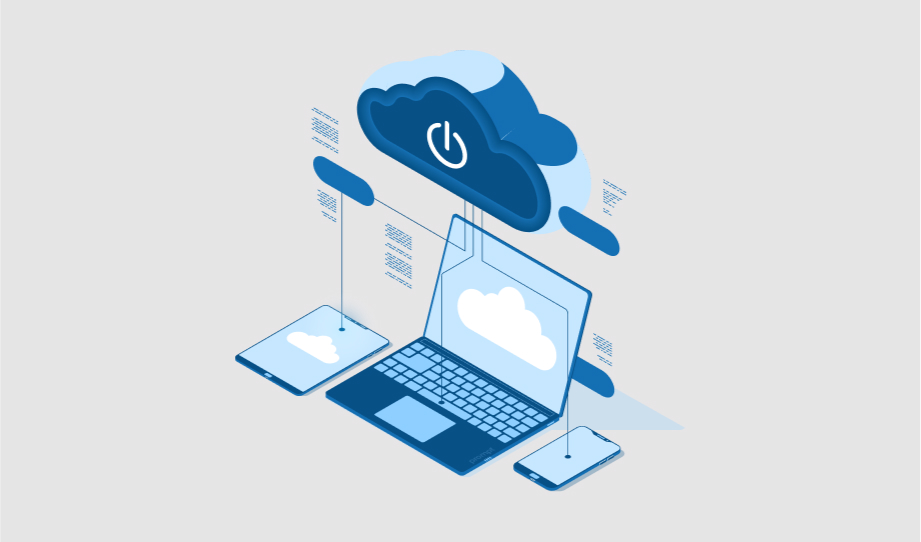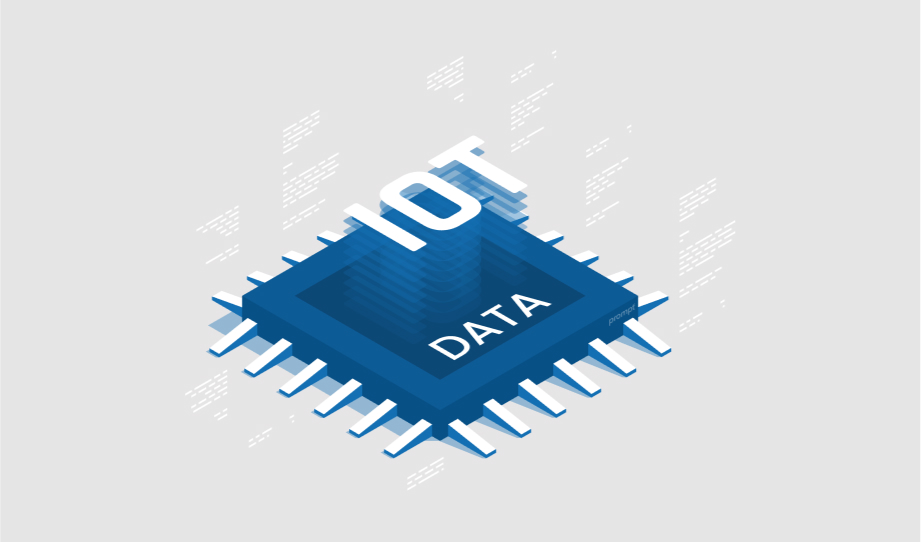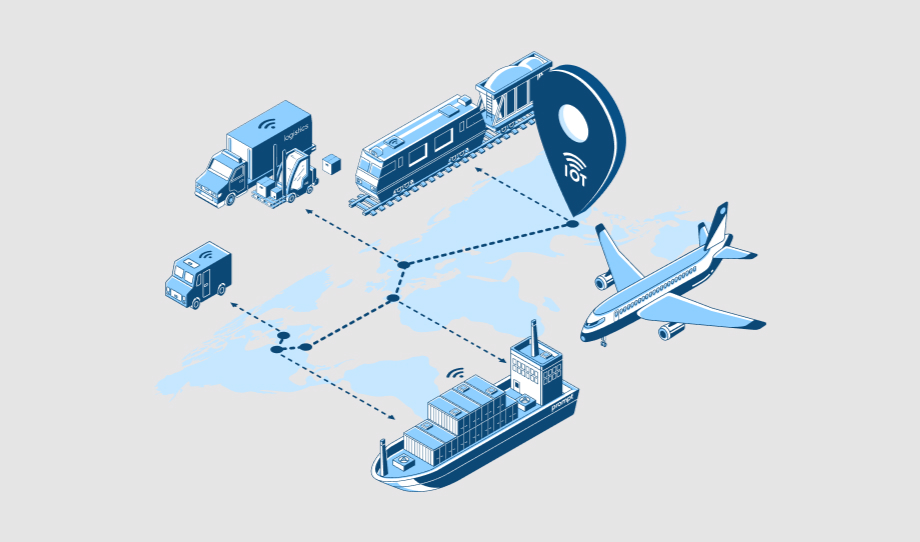How Big Data is Changing the Outlook of the Renewable Energy Sector?
The renewable energy sector is facing a significant transformation, and all credit goes to the power of…
How can Big Data be Integrated into Your Business to Improve Output?
Nowadays, information usage is soaring. This information, dubbed Big data, has expanded too large and complicated…
IoT Digital Transformation is on the Way to Change the Business Outlook
The Internet of Things, also known as IoT, is the interconnectivity of physical devices, vehicles, people,…
What is the Impact of IoT Data Analytics on your Business?
Today, if we observe the trend and business processes, we can express that IoT solutions are…
What is the Impact of IoT on Global Logistics Development
We all know that today, the logistics market is dynamic and has become competitive. In the…








